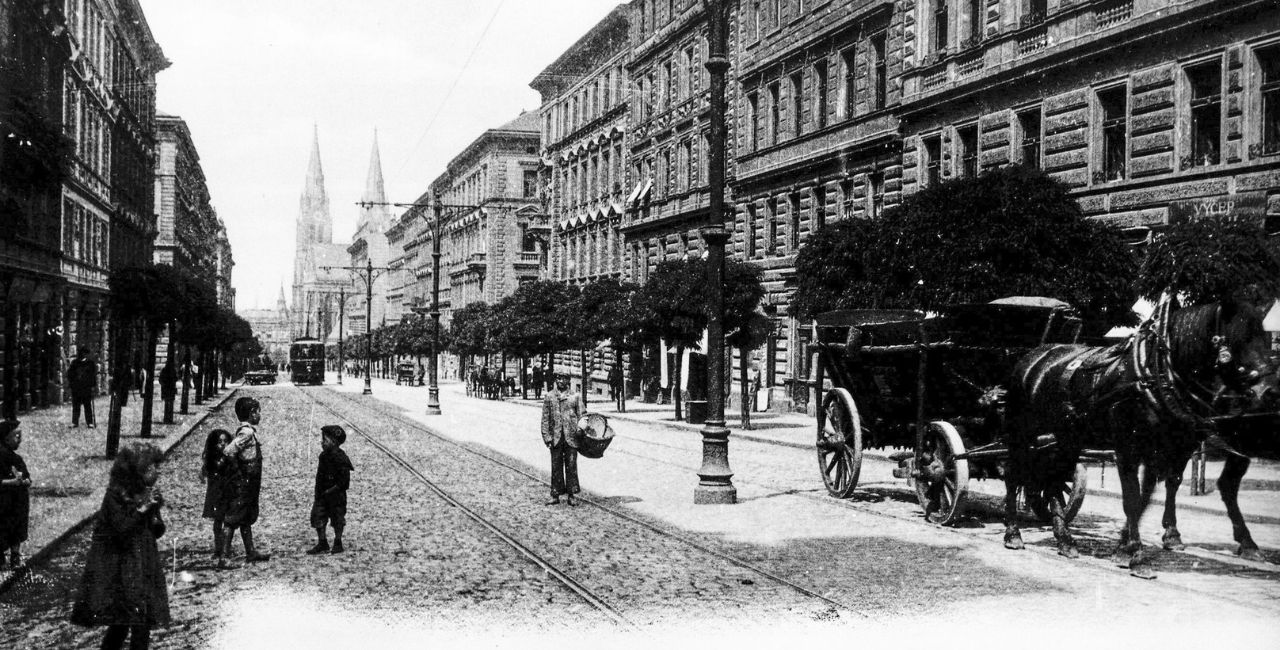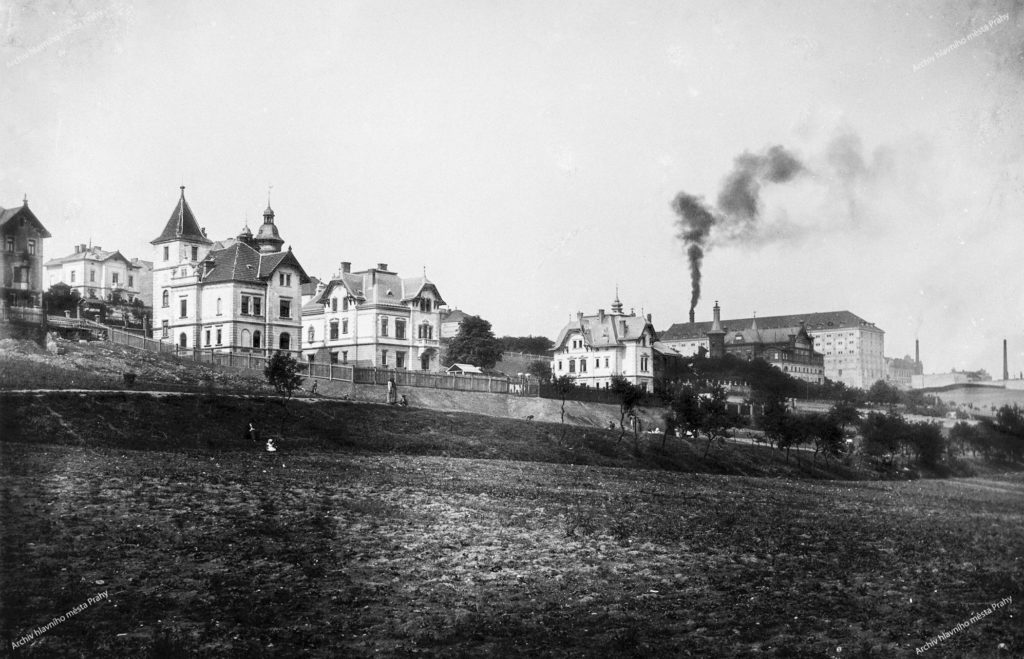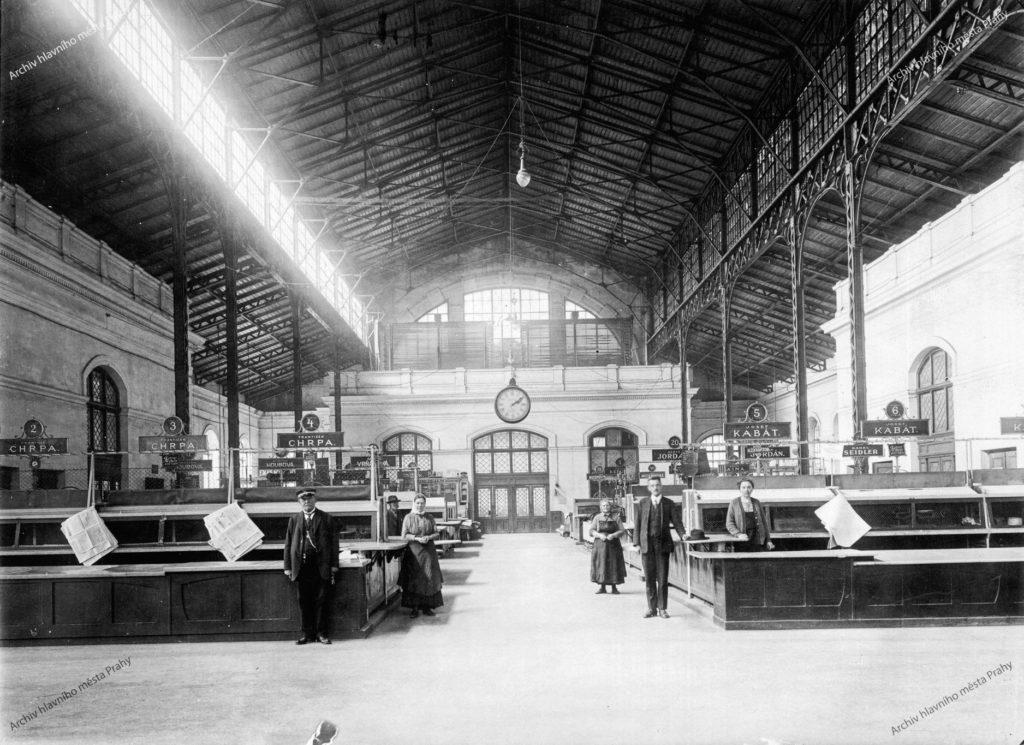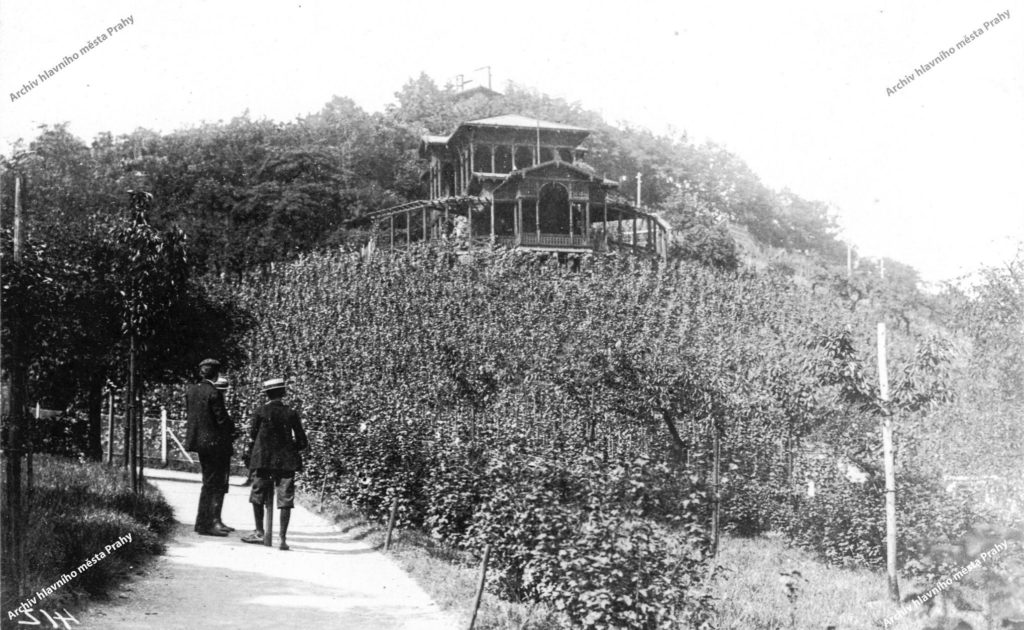A History of Vinohrady: From a Field to One of the World’s Most Vibrant Districts

Vinohrady was established on a vast empty hill behind Prague. It sports wide boulevards intertwined with parks, making it one of the most prestigious neighborhoods to live in.
This is true today, as it was a hundred years ago when the then independent city was swallowed up by the newly formed metropolis – Greater Prague.
Vinohrady consists of typical city blocks of houses, but also hides a unique residential area, where the former Prague elite lived. Prague, Brno, Moravian Ostrava, Bratislava, Královské Vinohrady. These were the largest cities in Czechoslovakia in 1921. At that time, there were 90,000 inhabitants in Vinohrady (in 1930, 95.5 thousand).
It had seen rapid growth, with only one-sixth of this number living here forty years ago on a hill east of the Vltava banks, behind the walls of the New Town of Prague. A century ago, the fifth-largest city in the republic joined the newly formed Greater Prague and immediately became one of the most attractive districts – which it remains.
In the autumn of 2021, Vinohrady even ranked 32nd in a ranking of the most “cool” districts in the world by the international magazine Time Out.
This part of the city, in the shape of a fire ax, benefits primarily from the wide streets and many parks. Notably: the orchards of Svatopluk Čech or the Čapek brothers, Jiřího z Poděbrad Square, Míru Square or the large Grébovka, and the Riegerovy sady park with its large beer garden.
Several centuries ago, the rolling landscape of the future Královské Vinohrady was dominated by vineyards, which lend the district its name, translated as “Royal Vineyards. A little later, it was all fields, meadows, gardens, orchards and farmsteads.
Gradually, summer residences began to appear, so that everything in the second half of the 19th century was absorbed by the typical urban development with the center around today’s Peace Square – including the neo-Gothic church of St. Ludmila (1893), the Neo-Renaissance Theater (1909) or the National National House (1894).

A view of Hradešínská Street, where a residential area began to emerge at the end of the 19th century. Vinohrady brewery on the right. Year 1908.
The area from Nové Město to the eastern border of Vinohrady was crossed by the main streets, the French, Russian, Crown and Vinohrady, respectively, which copied the old road to Kutná Hora. In many cases, the elevation change was compensated for by digging the soil or weighing it.
For example, from Korunní Street to the current Vinohradská. The construction boom of unprecedented proportions is related, among other things, to the declaration of Prague as an open city in 1866, which brought not only the demolition of the walls, but also the lifting of the ban on construction activities in the belt around them.
The former Viniční Hory was renamed the Royal Vinohrady Village in 1867, in 1875 a large area was divided, when the future Žižkov separated, and four years later Vinohrady became a town. Zizkov gained the status of a town only in 1881.
After the beginning of the demolition of the Prague walls in the early 1970s, housing construction of the growing middle and upper classes developed here from the National Museum. Three years before the end of the century, a tram line between the Museum and Flora was put into operation.

View of the interior of the Vinohrady market. Around 1915.
Vinohrady grew mainly from the 1920s to the 1980s, when construction continued further east, to Ohrada and Malešice. In the places where Královské Vinohrady–built mainly on an elevated plain–slopes south towards the river Botič to Vršovice is where, at the turn of the 19th century, a distinctive district of magnificent villas began to emerge.
The slope, framed at the top by Korunní Street and at the bottom by Ruská třída, experienced its boom in the 1920s and 1930s when the district was inhabited by advanced intellectuals, writers, composers, sculptors, and architects, who also brought a new architectural style – modernism.

Pavilon Grebovka. Around 1910.
The villa was built here by the famous architect Jan Kotěra, the Čapková brothers – painter Josef and writer Karel, librettist Adolf Wenig, graphic artist and set designer of the Liberated Theater František Zelenka, post-surrealist painter Zbyšek Sion or sculptor Ladislav Šaloun, author of the monumental monument of Jan Hus on the Old Town Square.
Important buildings in Vinohrady include the Church of the Sacred Heart of the Lord from the turn of the 1920s and 1930s by Slovenian architect Jože Plečnik, which stands on Jiřího z Poděbrad Square, the market building on Vinohradská třída, the Neo-Renaissance water tower in Korunní and the adjacent church of the Czechoslovak Church in years 1930-1933, built in Dykova street according to the project of architect Pavel Janák.

View of the garden restaurant in Riegrovy sady. Around 1905.
Support Prague Morning!
We are proud to provide our readers from around the world with independent, and unbiased news for free.
Our dedicated team supports the local community, foreign residents and visitors of all nationalities through our website, social media and newsletter.
We appreciate that not everyone can afford to pay for our services but if you are able to, we ask you to support Prague Morning by making a contribution – no matter how small 🙂 .



